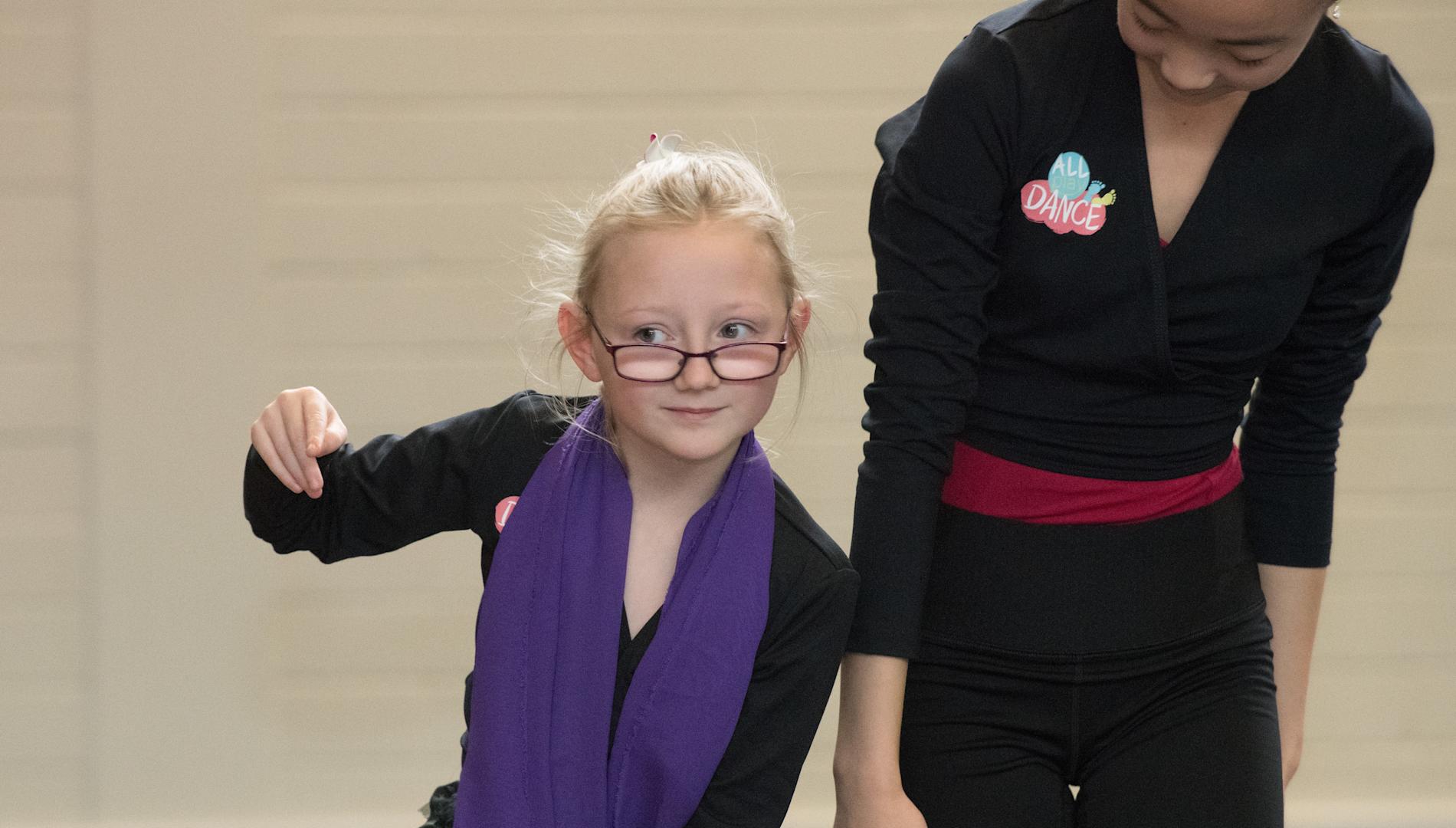Innovation and collaboration cornerstones of Australia's first dedicated heart hospital
The Victorian Heart Hospital – the first dedicated heart hospital in Australia – isn’t built yet, but construction is about to start on the Monash University grounds in Clayton.
In declaring the huge project “on”, Victoria’s former health minister (now Attorney-General) Jill Hennessy dug a spade into the ground and said: “We know that cardiovascular disease is the biggest killer in Australia, yet we don’t have a standalone heart hospital.”
There’s a massive construction job ahead, however. The cost of the project is $564 million, with the money coming from the re-elected Victorian government, Monash University. When fully developed the hospital will have capacity for 206 beds, 2150 cardiac surgeries and 13,000 cardiac laboratory procedures, catering for more than 28,300 cardiac emergency presentations and 108,000 consultations a year.
Bringing experience
The newly appointed director of the hospital, Professor Stephen Nicholls, of Adelaide, has been in this position before – hospitals and laboratories are continually built and rebuilt, and expanded, as technology, research and population soar.
Related: Cardiovascular disease: Getting to the heart of the matter, Featuring Professor Stephen Nicholls
At two of his other high-profile jobs, he’s helped oversee several significant building projects. One was in the United States, involving research facilities at the Cleveland Clinic, a 1500-bed academic medical centre, and the second was at the place that became his home base, the Royal Adelaide Hospital and South Australian Health and Medical Research Institute (SAHMRI).
“Seeing things come to fruition is very satisfying,” he says. “It allows you to shape what it is that you want to do.”
Professor Nicholls is one of the world’s eminent cardiovascular specialists. He was – although he splits the two roles until January – the deputy director and heart health theme leader at SAHMRI, as well as Professor of Cardiology at the University of Adelaide.
He’s an inaugural fellow of the Australian Academy of Health and Medical Sciences, a fellow of both the American College of Cardiology and the European College of Cardiology, as well as the Royal Australasian College of Physicians.
The Cleveland clinic role – after studying at the University of Adelaide, the John Hunter Hospital in Newcastle and a PhD on good cholesterol – was supposed to be a postdoctoral fellowship on imaging for plaque in arteries. It was two years, maximum. “I ended up staying eight years,” he says, working in senior faculty roles at the clinic’s cardiovascular medicine and cell biology departments.
“Professor Nicholls is a wonderful talent to help design, deliver and bring this wonderful project home,” Hennessy said. “It’s going to be a heart hospital that is bench to bedside; it’s going to be a heart hospital where amazing discoveries are made because of the focus on clinical research and education.”
Professor Nicholls said the most innovative time as a researcher can often be after a move somewhere new. “You’re forced to have new conversations and think outside the box collaboratively. You may think of things you’ve never thought of before, and it allows you to spring-clean –and that’s what I intend to do.”
Centre of excellence
His primary vision for the hospital is as a “centre of excellence”.
“It shouldn’t just be something that all Victorians see as a dedicated heart hospital, but it should be a national leader and it should be on the world stage.
“It should do everything it does well, and in an integrated fashion – one of the great opportunities the heart hospital will allow is to integrate really innovative collaboration. What we want to be able to do is not just bring the obvious collaborations in; we want to say to the entire University that ‘the heart hospital is open for business’. We want to cast a wide net across the translational spectrum.
“At the end of the day, the research is to improve therapeutic healthcare and health outcomes for patients, and we’ve seen the conventional model of teaching, research and patient care tends to be siloed. The ability to be able to bring those three elements together will take it to the next level.”





